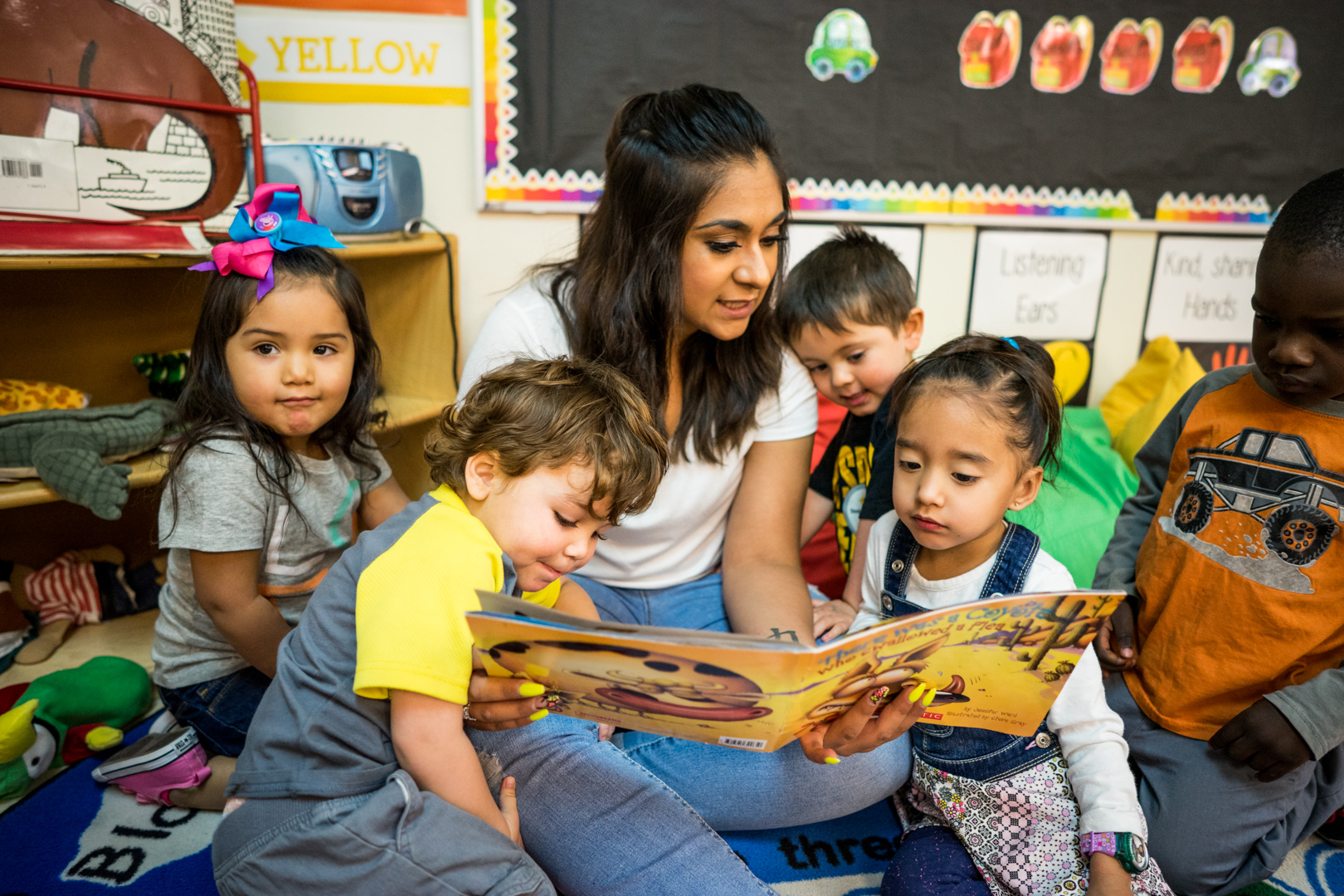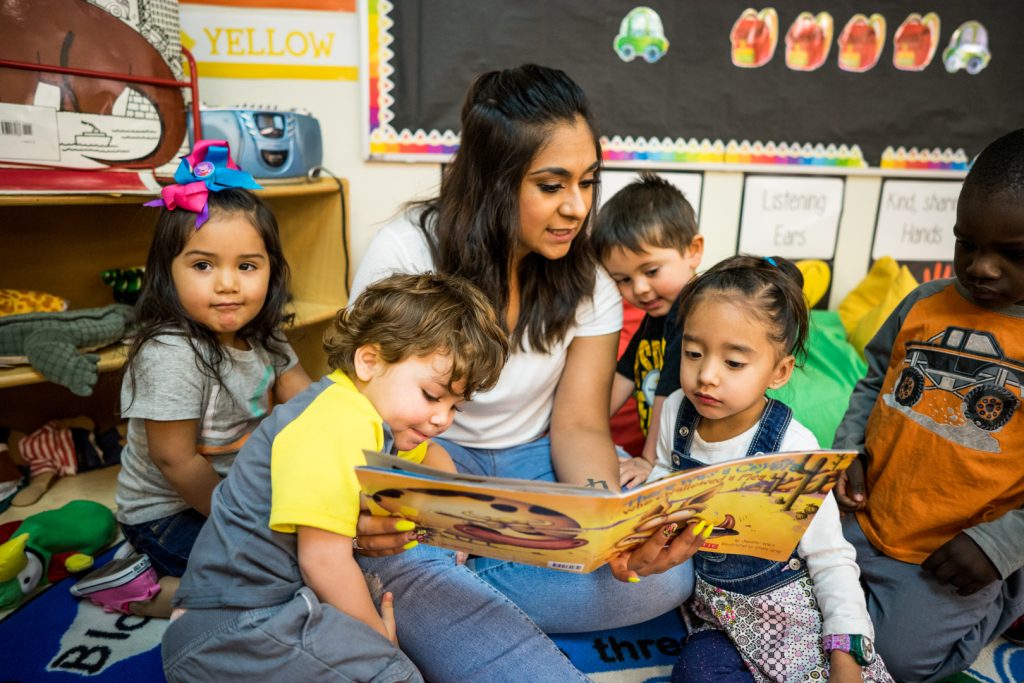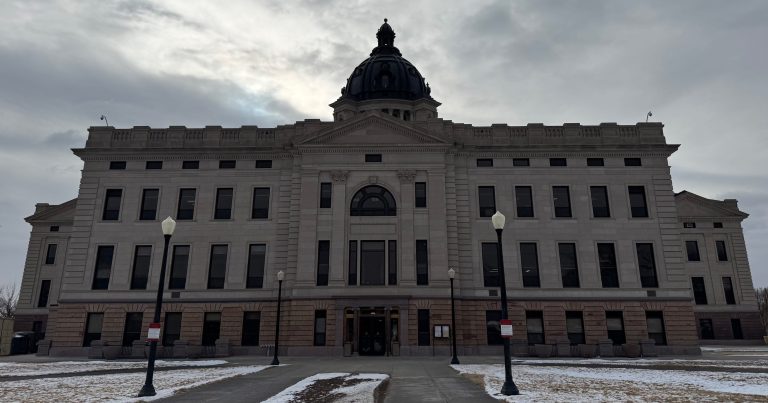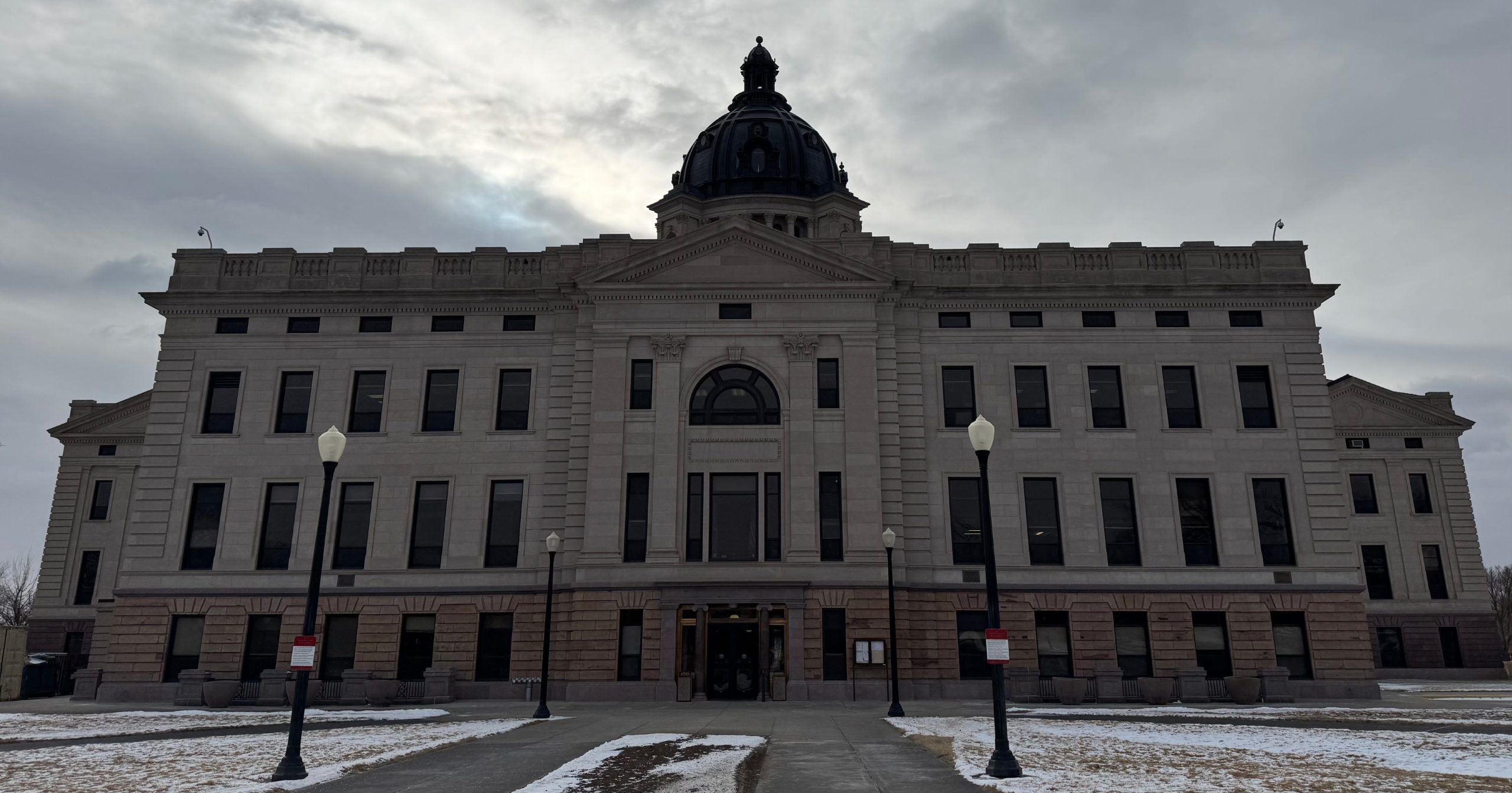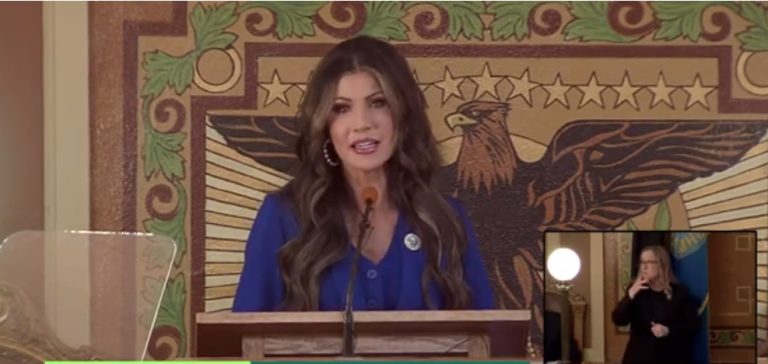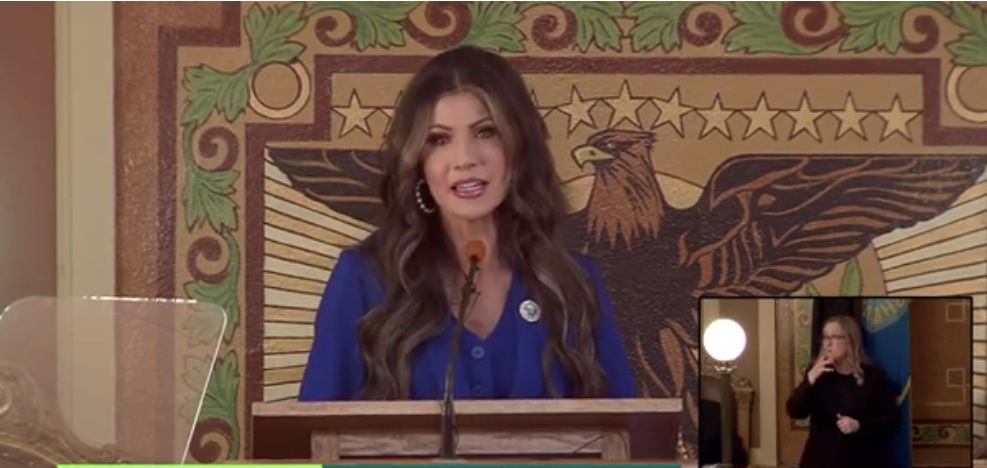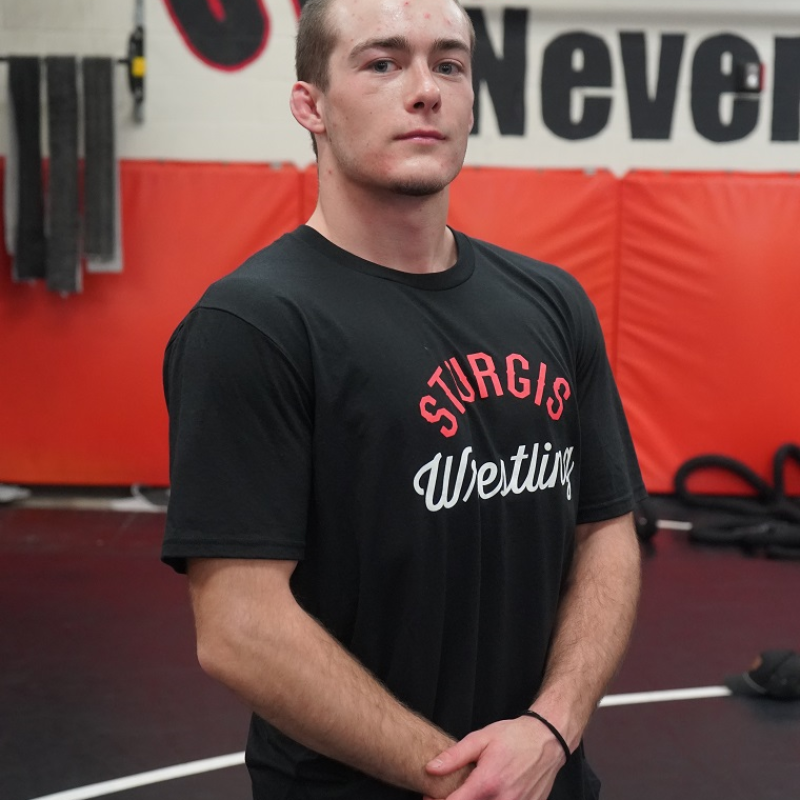SIOUX FALLS, S.D. — Governor Kristi Noem is correct, a recent WalletHub study did rank South Dakota No. 1 when it comes to early education quality. But what the Governor didn’t share in her Aug. 16 Kristi Noem X account post is the same study ranked the state 23rd overall.
Based on research from multiple groups, the children who received early childhood education get a quality education, but only a comparative few get the education. The WalletHub study ranked South Dakota 37th in access to early education and 41st in resources and economic support.
WalletHub evaluated programs, funding, cost and other factors and scored the results based on weights for each to determine the rankings.

While Noem is communicating with the public on her personal X account, her post isn’t telling the full details from the WalletHub study.
Early childhood education is defined as formal and informal education from birth to age five. It’s often called early childhood education, preschool or pre-kindergarten (Pre-K) programs.
The South Dakota Department of Education and the state’s Department of Social Services studied pre-K education for children ages 3-5 this spring. The state’s population and birth rate continues to increase, which means the population of children under six is also growing.
Why is early childhood education important?
The Federal Reserve of Minneapolis has been studying the benefits of early childhood education since 2003. “Dollars invested in ECD (early childhood development) yield extraordinary public returns,” The Federal Reserve of Minneapolis said in 2003. It advocated then, and now, for public investment in early childhood education.
Analysis in 2014 by the President’s Council of Economic Advisers said public investment in early childhood education reduces the achievement gap, boost a child’s learning later in life and provide other benefits.
Other research cites the benefit of identifying learning problems earlier in order to address them at a young age, as well as finding early learners are more likely to graduate from high school. Other research shows links between early education and reduction in criminal activity and even jail or prison.
Studies, data back up WalletHub’s lower rankings for South Dakota
The Bipartisan Policy Center, a Washington, D.C., think tank organization that focuses on bipartisan approaches to issues, has also ranked states’ ability to oversee federal and state funding in early childhood education. In January, the policy center ranked South Dakota 50th. It ranked the state 47th in 2018. Washington, D.C., was included in the evaluation of all 50 states both years.
A study released by 24/7 Wall Street in June 2021, ranked South Dakota 47th worst for early childhood education. It evaluated several metrics including state spending, enrollment and others.
About 62,000 children under the age of five live in South Dakota. The First Five Years Fund (FFYF), an advocacy group for early child education, said that in 2021, the state’s under six population was 68,351.
South Dakota does not offer free public education for children starting at age three. It does not have offer free public education for children starting at age four.
WalletHub cited a FiveThirtyEight report that South Dakota is one of four states that does not offer some sort of state-run program for four-year-old children.
The South Dakota Department of Education provides limited support to schools that want to offer early childhood education program. For example, “The Preschool Grants Program, authorized under Section 619 of Part B of IDEA, was established in 1981 to provide grants to states to serve young children with disabilities, ages 3 through 5 years,” according to the DOE.
Also, districts can use some of their Title I money to pay for early childhood programs, according to the National Institute for Early Education Research at Rutgers.
The federal Head Start and Early Head Start program is also available in the state.
Child care programs will offer some type of early childhood education but those options, and cost, will vary by program.
About 20% of the state’s three and four year old children attended public early childhood education in 2021, according to the FFYF. State- and federally-funded early childhood opportunities serve more than 11,351 children and families in South Dakota, FFYF said.
Income is a key to early childhood education. Lower-income families can qualify for Head Start or Early Head Start, but there are often waiting lists for those programs. Also, there are families with incomes too high for Head Start but, based on research, too low to afford early childhood education programs.
Kids Count South Dakota’s research in 2021 showed significant gaps in available child care and early childhood education across the state.
Back in 2017, the Legislative Research Council reported gaps in early childhood education in the state. “Unfortunately, the Head Start programs in the state are not always able to meet the demand for services,” the report said. There were waiting lists for Head Start programs and “the waiting lists do not include children from families who earn too much money to qualify for Head Start, but at the same time cannot afford other preschool options,” the 2017 report said.
Although more than 70% of South Dakota families have both parents working, 44% of children under age six still live in families with economic resources that place them below 200% of the federal poverty line, according to the Federal Reserve of Minneapolis.
Children of lower-income families include non-white children in the state. Most studies show that low-income children can benefit greatly from publicly-funded early childhood education. Also, nonwhite children can also face learning challenges at a young age that can include language.
Early Learner South Dakota is an organization advocating for increased funding and access to child care and early childhood education in the state. Early Learner has noted the increasingly diverse make up of children under 9.
